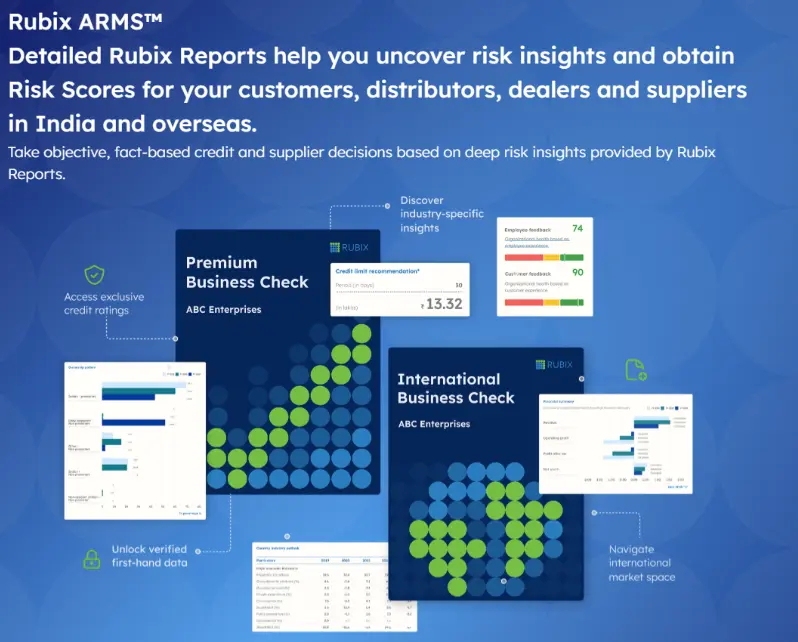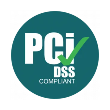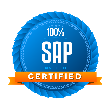Supply Chain Finance
5 Ways to Maximize Supply Chain Financing for Your Business

Are cash flow gaps keeping you awake at night? You’re not alone. Nearly 60% of businesses face challenges with working capital management as they try to balance supplier payments with customer collections. Supply Chain Financing offers a practical solution to this challenge, helping businesses maintain healthy cash flows, optimize working capital and build stronger supplier and customer relationships.
Here’s how CFOs can maximize the potential of Supply Chain Finance:
1. Leverage Digital Platforms
Digital SCF platforms have transformed supply chain management in a way that assist organizations in optimizing working capital. When choosing a digital Supply Chain Finance platform, CFOs could consider the following factors:
- Automation: Please choose a Supply Chain Finance Platform that has Automated Tools to eliminate errors and reduce human labor. These digital Platforms help automate Compliance procedures and provide AI-driven document verification, enhancing transaction speed and reducing costs.
- Interoperability of Digital Platforms: Please choose a Supply Chain Finance platform that is interoperable with the trade finance systems of multiple banks and other digital platforms (statutory platforms such as GST etc). As McKinsey highlights, the integration of digital solutions throughout the trade ecosystem is essential to the future of Trade Finance. These Platforms give firms a unified view of transactions and credit management to firms by effortlessly connecting with current ERP systems. Businesses benefit from real-time data processing that helps enhance transaction speeds and productivity, while simultaneously improving cash flow management through quicker access to trade finance from various financiers.
- Integration Capabilities: Please choose systems that integrate seamlessly via APIs with existing ERP software for real-time processing. For instance, APIs help in automating trade presentation to Financial Institutions, thereby eliminating manual process, data errors and mala fide user actions. Also, automating transaction lifecycle is possible with updates from financing to settlement, thus providing a real-time status update and eliminating overheads of report / portal based manual updates into enterprise systems.
- Risk Assessment Framework: Modern Supply Chain Finance Platforms help reduce the chance of B2B credit default and enable accurate credit decisions by leveraging unstructured data, risk analytics, AI and machine learning. Platforms like Rubix Data Sciences’ Automated Risk Management & Monitoring System (Rubix ARMSTM) evaluate and track B2B credit risk, supplier risk, and compliance risk, using structured and unstructured data from conventional and non-traditional data sources. These platforms combine this data with risk analytics to digitally generate Risk Scores of counterparties. Such platforms also have Early Warning Systems (EWS) that monitor the risk of these counterparties and alert companies about counterparties when their risk levels rise.
2. Strengthen Supplier and Customer Collaboration
For supply chains to run well, it is essential to establish robust, open relationships with both suppliers and customers. CFOs need to take the following steps to develop trusted relationships with customers and suppliers:
- Align Terms of Payment and stick by them: Provide customers with clear and unambiguous payment terms before selling to them. Agree on payment terms with suppliers and vendors and ensure that you pay on or before the due date. Supply Chain Finance products such as Invoice Discounting, Vendor Financing, Factoring and Reverse Factoring can be deployed to ensure that payment commitments are met.
- Digital tools: Deploy digital dashboards that offer up-to-date information on orders, payments, and contracts. This way finance, treasury & procurement functions can make accurate decisions at a faster pace.
- Formalize Purchase and Supply Agreements: To prevent future disagreements, formalize all purchase and supply arrangements, specifying payment and other terms. Also, maintain a record of all correspondence to prevent misunderstandings.
- Shared Planning Data: To ensure better alignment with suppliers and customers, share projections and other planning data with them well in advance. This will allow customers and suppliers to be in sync with you and prevent stock-outs and cash flow surprises at both ends.
3. Focus on Key Performance Metrics, SLAs and Remediation
Effective SCM requires tracking and optimizing critical performance metrics and putting in places Service Level Agreements (SLAs) and Remediation mechanisms. Some points that should be looked at include:
- Quality Metrics: Monitor critical performance metrics for suppliers including product defects, compliance with product specs.
- Delivery Performance: Evaluate lead times and on-time delivery performance by suppliers
- SLAs and Escalation Matrix: SLAs should be put in place and aligned with suppliers and customers regarding response time to queries from either party. An agreed upon Escalation Matrix should also form a part of any contract between suppliers and customers, so that either party knows to whom a problem should be raised for resolution.
4. Optimize Payment Terms and Cycles
Negotiating favorable payment terms can significantly enhance your working capital position. Research indicates that companies now extend payments substantially more than a decade ago.
- Understand Payment Terms: Common structures include standard net terms (30, 60, or 90 days), and for customers, early payment discounts, and dynamic arrangements.
- Offer Early Payment Discounts: Under terms like “2/10 net 30,” paying within 10 days yields a 2% discount, creating significant savings on large invoices which can be a win-win for both suppliers and customers.
- Adopt Dynamic Discounting: These programs provide greater financial flexibility and cost-saving opportunities by allowing variable discount rates dependent on payment timing.
5. Implement Robust Risk Management Strategies
Successful Supply Chain Finance depends on efficient Risk Management. Relatively fewer defaults occur in businesses that use thorough credit assessment procedures. Important actions consist of:
- Assessing and Monitoring Credit Risk: Use an objective system to assess the credit risk of customers, distributors and dealers. This should not be a one-time assessment, but a periodic exercise.
- Tracking Payment Performance: Are customers paying you on time or are there consistent delays in their payments? Customers should be automatically alerted about their due payments well in advance of their due date.
- Remediation and Control: In the event, the Days Past Due (DPD) of customers increases beyond a certain threshold, CFOs need to be able to trigger system locks that will automatically cut supply to such customers. Resuming supply should be a conscious decision by the CFO or Credit Controller, rather than a decision by the Sales Team.
By using sophisticated risk management and monitoring tools, businesses can identify possible defaults considerably sooner than they might using conventional techniques, thus lowering their exposure to bad debt.
In conclusion, strategic supply chain financing offers CFOs a powerful lever to drive sustainable growth. By adopting digital solutions, fostering transparent supplier and customer relationships, and optimizing risk management, businesses can unlock the full potential of supply chain financing.







